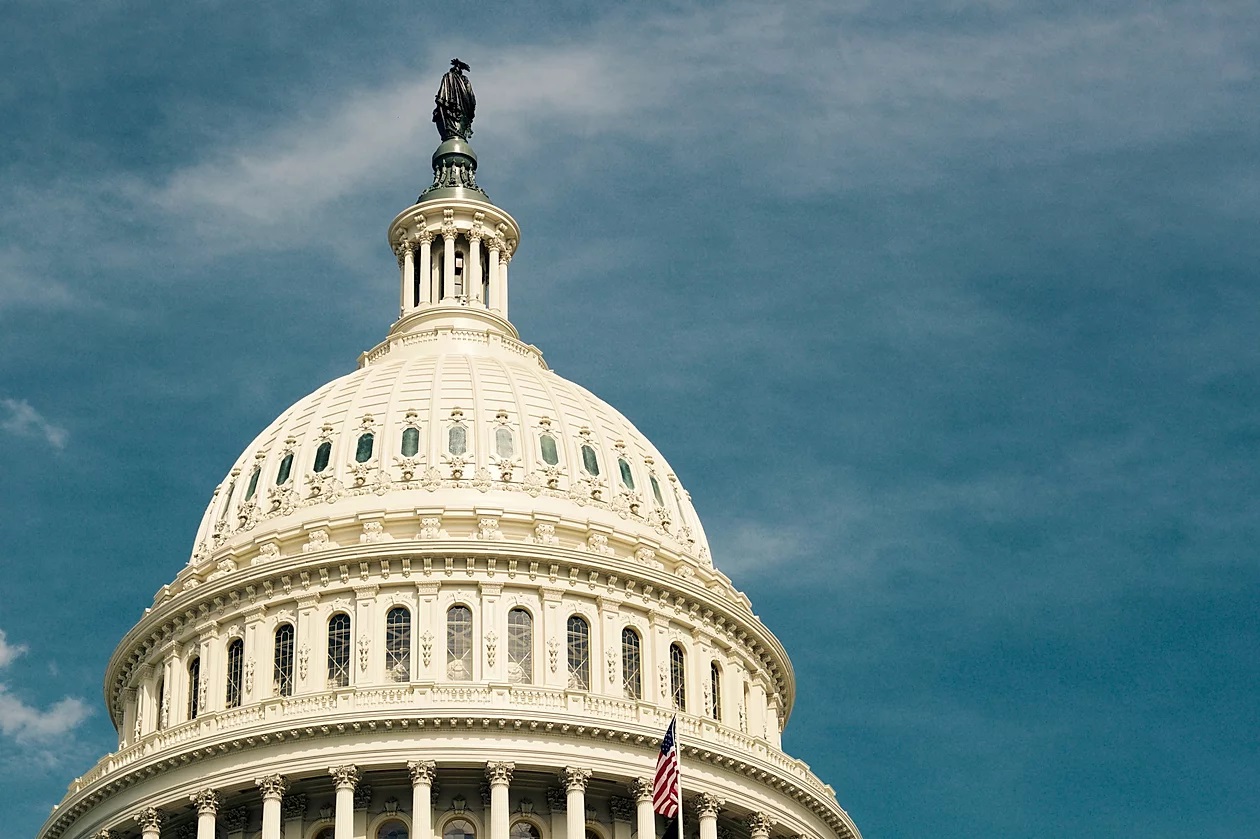This week we will cover a few more headline-grabbing changes for individuals from the tax reform package.
First, Congress eliminated the Obamacare coverage mandate, and there will be no penalty starting 2019. Unfortunately for those looking forward to immediate savings, this does not apply yet—without a waiver or exemption, taxpayers still need health insurance until December 2018, or they face a penalty. That penalty is the higher of $695 per uninsured person or 2.5% of household income. The Federal Government will save an estimated $338 billion over the next decade through its repeal of the mandate, at an estimated cost of around 4 million additional uninsured when the law takes effect. This projected outcome is politically controversial, but the full effects will take a long time to be understood as the market corrects and individual states take legislative action.
The Alternative Minimum Tax (AMT) was kept for individuals, although Congress raised the exemption and significantly fewer taxpayers will pay the AMT. The exemption now phases out entirely at $1 million for married couples and half of that for individuals.
What about deductions that were not touched? We have spent so much time covering substantial changes but should not ignore common deductions that were kept, including the educator expense deduction, the American Opportunity Tax Credit, the IRA deduction, the health savings account deduction, and student loan interest up to $2,500.
Lastly, parents may be happy to note that 529 plans, or tax-neutral investment accounts used to build college funds, have been expanded. Every state offers its own 529 plan, and withdrawals from the account for qualified education expenses are not subject to federal taxation. While this previously existed only for higher education, Congress expanded their use to K-12 students as well, up to $10,000 per year.

